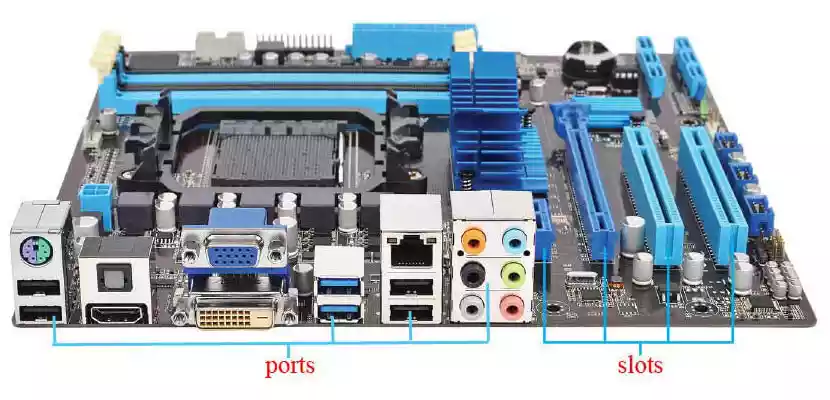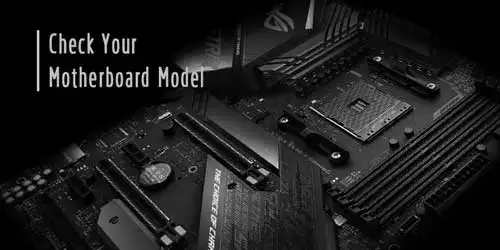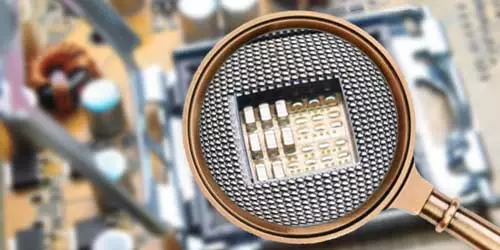How to Pick A Motherboard | What to Consider When Buying A Motherboard

The motherboard is one of the most crucial and basic components of computer. Though it doesn't improve computer performance itself, but it can allow every component to reach its full potential. Moreover, the selection of motherboard determines most system characteristics such as the types of CPU and memory, the number of various ports. So, it goes without saying that we should pick a right motherboard. In this post, we will discuss how to pick a motherboard and what to consider when buying a motherboard.
We can consider in the following aspects when picking a motherboard:
1. CPU socket

The first thing you should think about is the type of CPU socket on motherboard, which will determine the physical packaging of the AMD or Intel processor installed on it. There are three types of sockets including LGA, PGA and BGA. Intel uses LGA sockets while AMD uses PGA sockets. BGA sockets aren't such popular as they can't be serviced or upgraded. At present, Intel's most popular socket is LGA1151 while the latest mainstream AMD chips use AM4 sockets. The processor's specific socket type needs to match the socket type used by the board. So, it is important to take CPU socket type into consideration when picking a motherboard.
2. Chipset type

The second thing you need to consider is what chipset the motherboard has. The chipset will also determine which type of processors and memory are supported.
For Intel motherboards, you can choose a chipset that supports overclocking or not. The motherboards with the letter of "Z" support overclocking while others will not support. Moreover, different types of chipsets support various numbers of ports and slots. So are the AMD chipsets.
It is worth mentioning that if your CPU is Intel, the chipset should also be Intel and the same goes for AMD. You can refer to these two posts for more details of AMD and Intel chipsets.
3. Compatibility with memory
When selecting a motherboard for your computer, you also need to check the compatibility with the memory. You can consider in the following aspects.
Types. Memory comes in different types including DDR2, DDR 3, DDR4 and DDR4 is the mainstream at present. It is not interchangeable between them. So, a motherboard will only support one or the other. For example, if you have a DDR4 memory, you can only pick a motherboard that supports DDR4.
Speed. Memory has different frequencies including 2133 MHz, 2400 MHz, 2666 MHz and 3200 MHz. If the motherboard only supports the memory frequency of 2133 MHz, although the default frequency of memory is 2400 MHz, it only runs in the frequency of 2133 MHz.
Capacity. Every motherboard has the maximum amount of memory. If the memory exceeds the maximum capacity, the excess capacity is not available. So, you should pay attention to avoiding it when picking a motherboard.
4. Numbers and types of slots and ports

Different types of motherboards support various numbers and types of ports and slots. The main motherboard ports and slots include DIMM slots (for memory), SATA ports, PCIe lanes, Video slot, USB ports, I/O lanes, etc. At present, PCIe is the most important port which is use to connect most components. It varies from person to person depending what type of ports slots we use at most. It is also a key factor to consider when choosing a motherboard.
5. Sizes of motherboard
| Form Factor | Dimensions (mm) |
|---|---|
| E-ATX | 345 x 262 |
| ATX | 305 x 244 |
| Micro ATX | 244 x 244 |
| Mini ATX | 170 x 170 |
In general, the motherboard has different types of size including E-ATX, ATX, M-ATX and MINI-ITX. The E-ATX and ATX motherboard are large in size and expensive while the M-ATX and MINI-ITX motherboard have a moderate price with small and medium size. It is recommended to choose the M-ATX and MINI-ITX motherboard for computers for home and office. Additionally, the larger in size of the motherboard, the more expansion slots and ports it has. It is worth reminding that you should consider whether the size of the motherboard is suitable for the size of your computer case when buying a motherboard.
6. Price and Brands
Typically, the entry level motherboards cost less than $50. As for the price of middle-end motherboard, it's usually between $50 and $150. For example, you can get a motherboard for AMD chipset that supports overclocking for about $200. If you want a high-end motherboard like AMD Threadripper chipset, it will cost more than $200. General speaking, the more expensive motherboard has a stronger expansibility. You should choose the most suitable motherboard according to your own needs, rather than the most expensive.
For quality assurance, it is recommended to buy a motherboard from the large manufacturers. Some of famous motherboard manufacturers include ASUS, Gigabyte, MSI, and ASRock. ASUS motherboard is a good fit for high-end motherboard while you can choose ASRock and Gigabyte motherboard for middle-end motherboard. MSI motherboard is the first choice for AMD players. As for entry-level motherboard, Biostar and Colorful motherboards are a pretty good choice.
Summary
In addition to mentioned above, when buying a motherboard, we also need to consider in many other aspects like cooling system, power of motherboard and overclocking. Most importantly, you need to know exactly what you need and choose the right motherboard according to your needs.



















